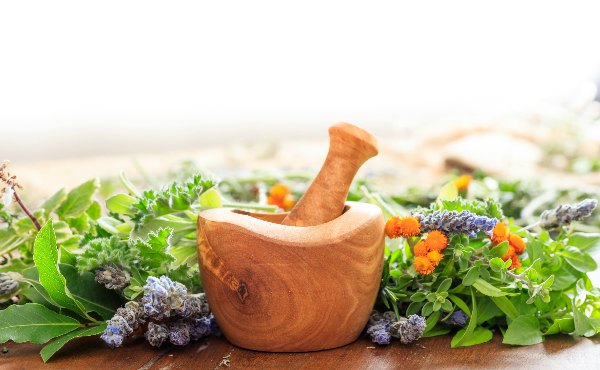The Whole Herb: The Most Important Principle of Herbal Medicine

The whole herb or food is more effective than any of its parts administered individually or in combination.
What this means is that with all herbs (especially those identified as utilitarian for the human body), there are constituent parts that render the herb effective in one or more “departments,” such as an anti-inflammatory, analgesic, diuretic, and so forth. The constituent utilitarian part of that herb is in balance with all of the other constituent parts/component substances…for that particular plant. The plant is in balance. From a biological perspective and in medical terminology, the plant is maintaining homeostasis…the physiological balance of form and function…with the amounts of component chemicals and substances in it…that are balanced/counterbalanced by other substances.
Let’s take garlic (Allium sativum), for example. Allicin is the substance found in garlic that is productive as an antimicrobial and antibiotic when consumed by humans. That level of allicin in the garlic is also balanced by a host of other chemicals, such as sulfur, for example, in a proportion that maintains homeostasis for the herb. In other words, when you consume the herb, you take in the substance that will benefit you (the allicin) as well as other substances that can be beneficial to you and that also “buffer” the effects of the primary beneficial substance.
…click on the above link to read the rest of the article…